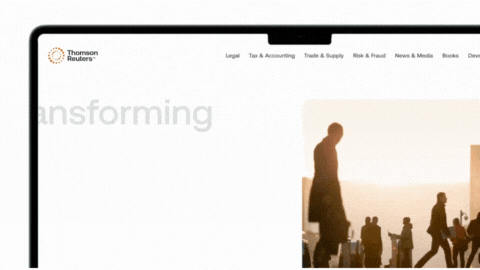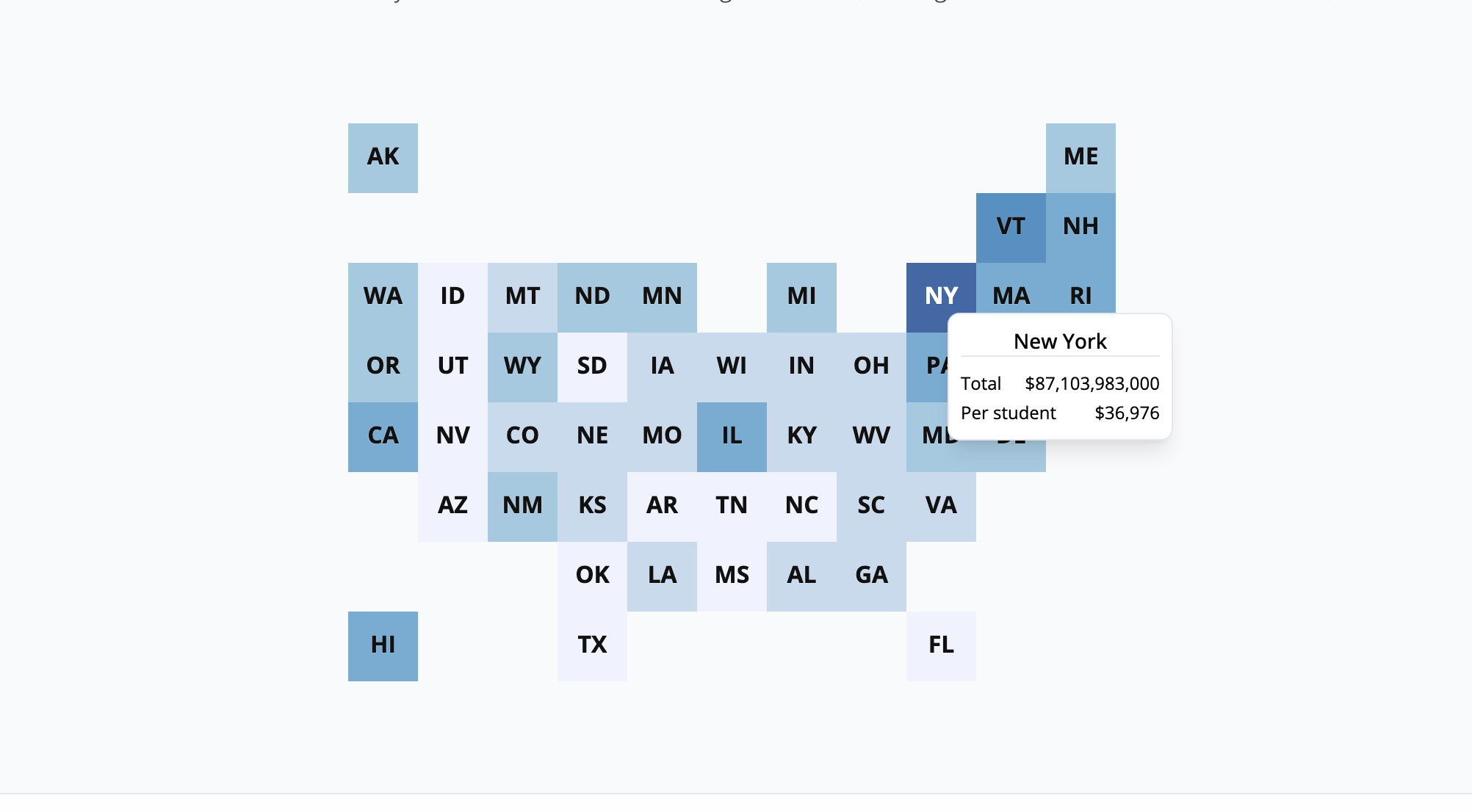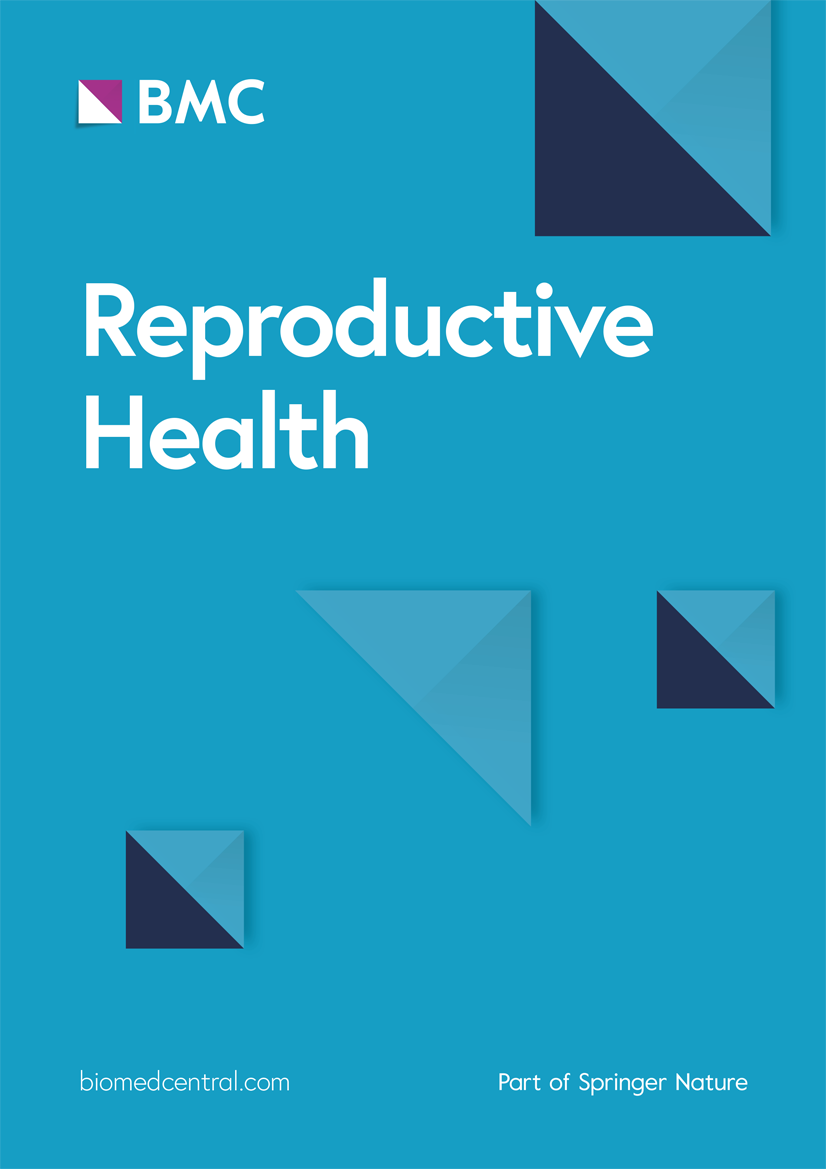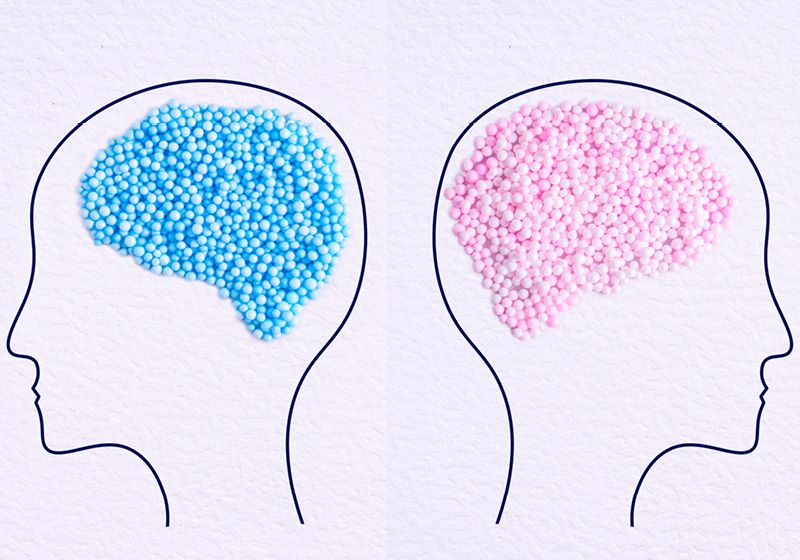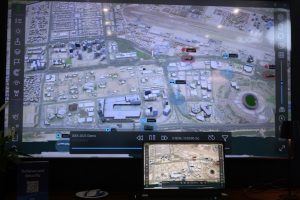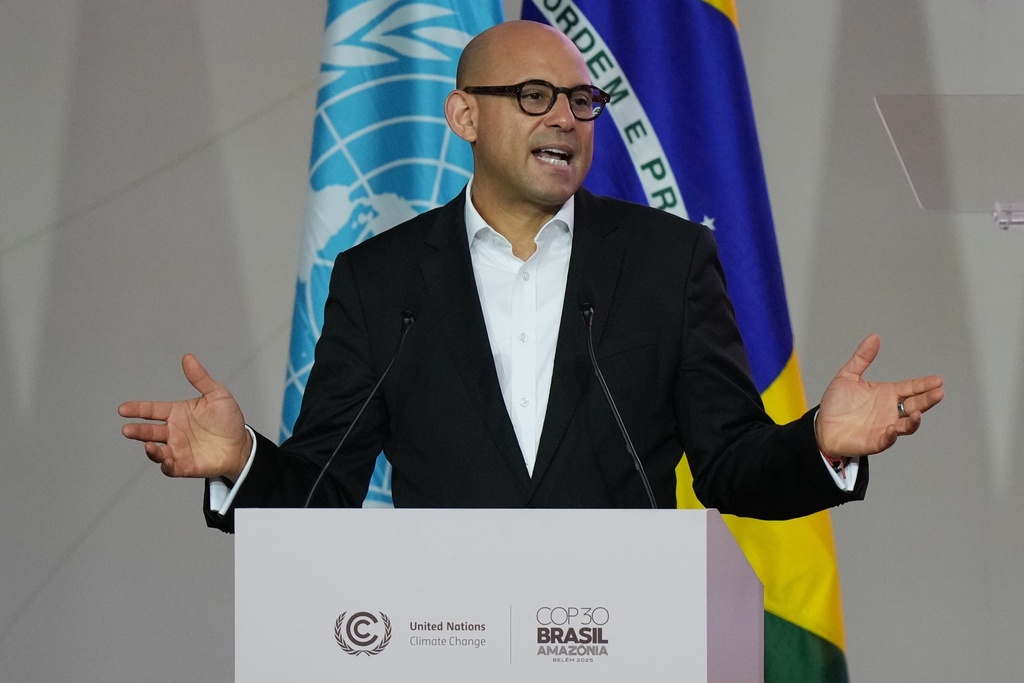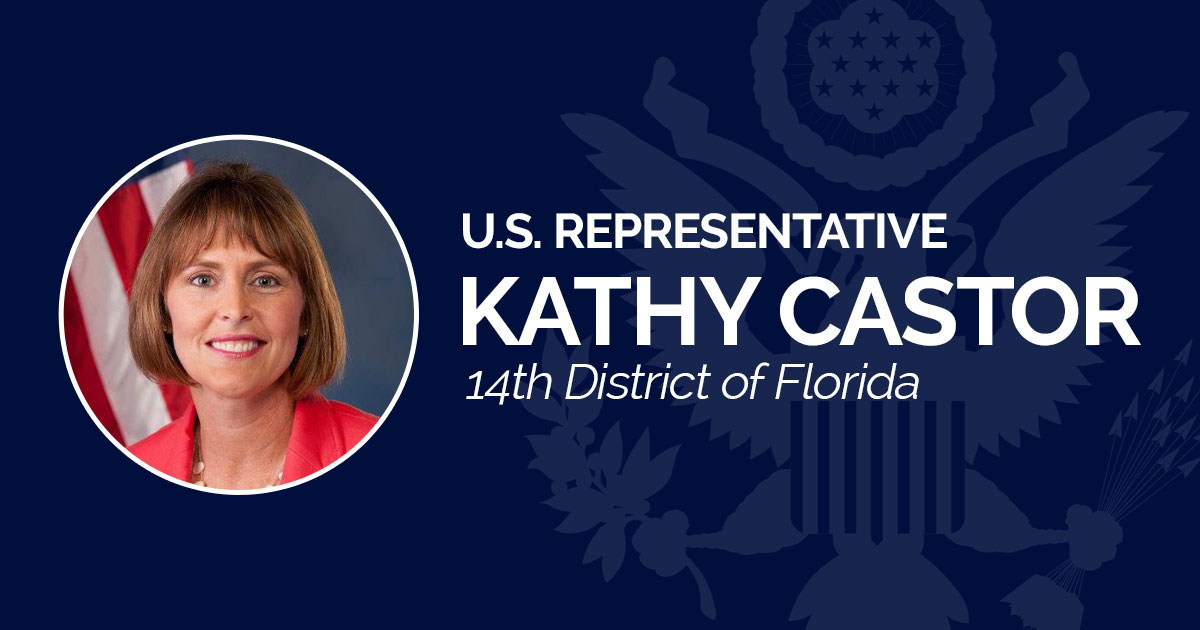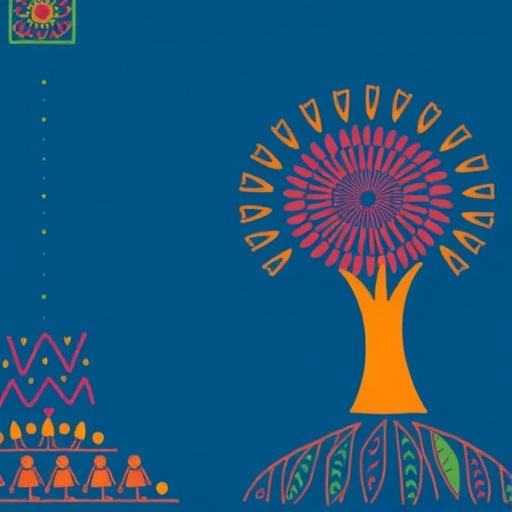Global educators explore AI in language learning at UH Mānoa – University of Hawaii System
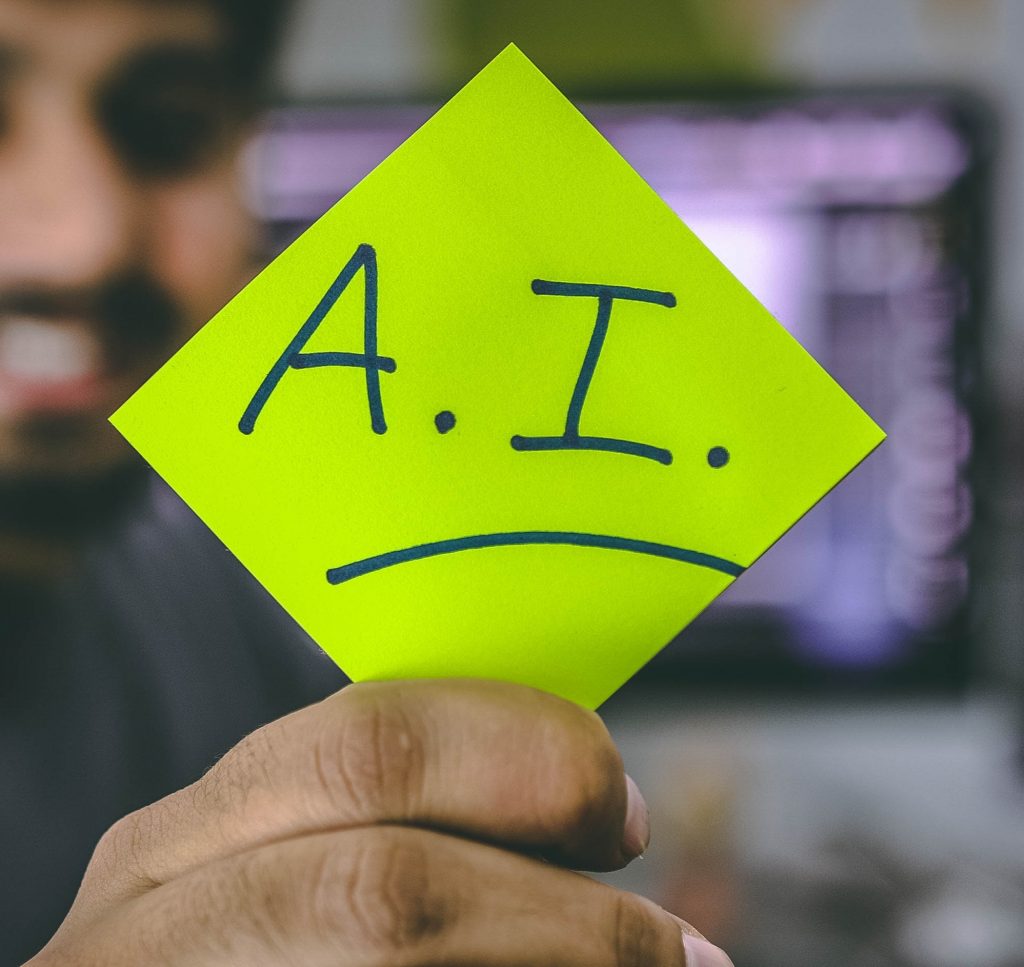
Report on the 8th Foreign Language Education and Technology (FLEAT) Conference
Fostering Global Partnerships and Quality Education in Alignment with UN Sustainable Development Goals
The University of Hawaiʻi at Mānoa hosted the 8th Foreign Language Education and Technology (FLEAT) Conference from June 25–28. The event convened over 220 participants from 14 nations, directly supporting SDG 17: Partnerships for the Goals by fostering international collaboration among educators. The conference’s central theme—the integration of technology in language education—addressed key targets within SDG 4: Quality Education, SDG 9: Industry, Innovation, and Infrastructure, and SDG 10: Reduced Inequalities.
Advancing SDG 4: Quality Education Through Technological Innovation
Discussions centered on leveraging technology, particularly generative Artificial Intelligence (AI), to enhance educational outcomes and provide inclusive and equitable quality education for all.
Key Areas of Focus:
- Curriculum and Assessment: Presentations explored the use of AI tools for innovative curriculum design, student engagement, and proficiency assessment.
- Personalized Learning: Naiyi Xie Fincham, Associate Director of the National Foreign Language Resource Center (NFLRC), highlighted AI’s role in creating low-stress environments for independent learning. This approach delivers personalized feedback and helps educators tailor instruction, aligning with the goal of providing relevant skills (Target 4.4).
- Teacher Professional Development: The conference served as a critical professional development opportunity, contributing to an increased supply of qualified teachers skilled in modern educational technologies (Target 4.c). The NFLRC and Center for Language and Technology (CLT) at UH Mānoa provide ongoing support in this area.
Promoting Inclusivity and Global Citizenship (SDG 10 & SDG 16)
A significant focus was placed on how technology can reduce inequalities and promote a culture of peace and global citizenship.
Strategies for Inclusion and Intercultural Dialogue:
- Access to Heritage Languages: Featured speaker Michele Anciaux Aoki emphasized AI’s potential to increase access to less commonly taught and heritage languages, directly supporting SDG 10: Reduced Inequalities by promoting linguistic diversity and inclusion.
- Culturally Rooted Learning: Aoki cautioned that technology must support, not supplant, human connection. This underscores the importance of learning rooted in culture and community, a core component of SDG 4.7, which aims to foster an appreciation of cultural diversity and global citizenship.
- Intercultural Collaboration Spaces: Carol Goss of Valparaiso University advocated for reimagining language labs as collaborative, intercultural hubs rather than rote learning centers. This shift promotes the intercultural understanding necessary for peaceful and inclusive societies, as outlined in SDG 16: Peace, Justice, and Strong Institutions.
Fostering Partnerships for the Goals (SDG 17)
The conference exemplified a robust model of international cooperation for achieving sustainable development objectives in education.
Collaborative Framework:
- Co-organizers: The event was a joint effort by UH’s NFLRC and CLT, the International Association for Language Learning Technology, and the Japan Association for Language Education and Technology.
- International Scope: The participation of educators from K-12 to university levels across 14 countries demonstrates a global commitment to advancing language education.
- Sustained Partnership: The FLEAT conference alternates between the U.S. and Japan every five years, representing a long-term partnership dedicated to innovation in education.
Julio C. Rodriguez, director of the CLT, NFLRC, and the Language Flagship Technology Innovation Center, affirmed this commitment, stating, “We’re committed to making AI a resource that enhances teaching and learning and helps realize human potential.” This vision aligns directly with the overarching goal of leveraging innovation and partnership to build a more sustainable and equitable future.
1. Which SDGs are addressed or connected to the issues highlighted in the article?
SDG 4: Quality Education
The entire article focuses on enhancing the quality of language education. It discusses the 8th Foreign Language Education and Technology (FLEAT) Conference, where educators explored using technology, particularly generative AI, to improve language teaching and learning for students from K-12 to university levels. The article mentions efforts to provide “personalized, level-appropriate feedback,” foster “self-regulated learning skills,” and enable “tailored instruction,” all of which are central to the goal of providing quality education.
SDG 17: Partnerships for the Goals
The article highlights significant collaboration and partnership. The conference brought together “more than 220 participants from 14 countries.” Furthermore, it was “co-organized with the International Association for Language Learning Technology and the Japan Association for Language Education and Technology.” This international and multi-stakeholder collaboration to share knowledge, technology, and expertise in education directly aligns with the principles of SDG 17.
2. What specific targets under those SDGs can be identified based on the article’s content?
SDG 4: Quality Education
- Target 4.3: By 2030, ensure equal access for all women and men to affordable and quality technical, vocational and tertiary education, including university.
The conference is aimed at educators including “university faculty” and focuses on improving the quality of tertiary language education through technology. - Target 4.4: By 2030, substantially increase the number of youth and adults who have relevant skills, including technical and vocational skills, for employment, decent jobs and entrepreneurship.
The article discusses using AI to teach world languages, which are relevant skills for the global workforce. It also focuses on integrating technology (AI) into learning, which is a critical technical skill. - Target 4.7: By 2030, ensure that all learners acquire the knowledge and skills needed to promote sustainable development, including… appreciation of cultural diversity…
The article notes the importance of keeping “learning rooted in culture and community” and the “potential of AI to open access to less commonly taught and heritage languages,” which directly promotes the appreciation of cultural diversity. - Target 4.c: By 2030, substantially increase the supply of qualified teachers, including through international cooperation for teacher training…
The conference itself is a form of professional development and international cooperation for teacher training, providing “free resources and professional development” to help educators navigate the “rapidly evolving AI landscape.”
SDG 17: Partnerships for the Goals
- Target 17.6: Enhance North-South, South-South and triangular regional and international cooperation on and access to science, technology and innovation and enhance knowledge sharing…
The FLEAT conference serves as a platform for international cooperation and knowledge sharing on technology (generative AI) and innovation in language education, involving participants from 14 countries and alternating between Japan and the U.S. - Target 17.16: Enhance the global partnership for sustainable development, complemented by multi-stakeholder partnerships that mobilize and share knowledge, expertise, technology and financial resources…
The event is described as a multi-stakeholder partnership, “co-organized with the International Association for Language Learning Technology and the Japan Association for Language Education and Technology,” to share knowledge and expertise on educational technology.
3. Are there any indicators mentioned or implied in the article that can be used to measure progress towards the identified targets?
Indicators for SDG 4 Targets
- For Target 4.3: The article implies qualitative indicators of quality by describing how AI can provide “personalized, level-appropriate feedback” and “concrete evidence of each learner’s proficiency development to enable tailored instruction.”
- For Target 4.7: An implied indicator is the development and use of AI to “open access to less commonly taught and heritage languages,” which measures the promotion of cultural diversity in education.
- For Target 4.c: A direct quantitative indicator is the number of educators receiving training: “More than 220 participants from 14 countries.” The provision of “free resources and professional development” by centers at UH Mānoa is another indicator of support for teacher qualification.
Indicators for SDG 17 Targets
- For Target 17.6 & 17.16: The existence of the conference itself, which “happens every five years, alternating between Japan and the U.S.,” is an indicator of a sustained international partnership. The collaboration between specific named entities—”UH’s NFLRC and CLT,” the “International Association for Language Learning Technology,” and the “Japan Association for Language Education and Technology”—serves as a concrete indicator of a multi-stakeholder partnership for sharing knowledge and technology.
4. Create a table with three columns titled ‘SDGs, Targets and Indicators” to present the findings from analyzing the article. In this table, list the Sustainable Development Goals (SDGs), their corresponding targets, and the specific indicators identified in the article.
| SDGs | Targets | Indicators |
|---|---|---|
| SDG 4: Quality Education |
4.3: Ensure equal access to quality tertiary education.
4.7: Ensure learners acquire knowledge and skills for sustainable development, including appreciation of cultural diversity. 4.c: Increase the supply of qualified teachers through international cooperation and training. |
Use of AI to provide “personalized, level-appropriate feedback” and “concrete evidence of each learner’s proficiency development.”
Use of AI to “open access to less commonly taught and heritage languages.” “More than 220 participants from 14 countries” attending the professional development conference; Provision of “free resources and professional development” for educators. |
| SDG 17: Partnerships for the Goals |
17.6: Enhance international cooperation on and access to science, technology, and innovation.
17.16: Enhance the global partnership for sustainable development through multi-stakeholder partnerships. |
The FLEAT conference as a recurring international event for sharing knowledge on educational technology.
Co-organization of the conference by UH Mānoa centers, the “International Association for Language Learning Technology,” and the “Japan Association for Language Education and Technology.” |
Source: hawaii.edu

What is Your Reaction?
 Like
0
Like
0
 Dislike
0
Dislike
0
 Love
0
Love
0
 Funny
0
Funny
0
 Angry
0
Angry
0
 Sad
0
Sad
0
 Wow
0
Wow
0

